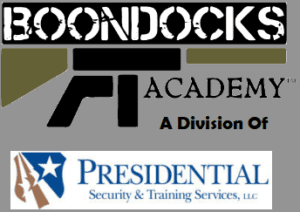Trigger Modifications: Is the Juice Worth the Squeeze?
The first time I experienced a good trigger was in my early teens when my dad and I took up silhouette shooting, He purchased an Anschutz rimfire rifle and a Browning Buckmark pistol and had a trigger job done on both. The results were literal “hair triggers” that would break at about 2lbs. My fondness for a fine trigger carried over when I purchased my first deer rifle in the mid 90’s and when I became a firearms instructor a few years later. As primarily a defensive handgun instructor, I tried various handgun and after market trigger combinations I thought would make me look good in front of my students and peers. After a ton of trial and error, I finally settled on a Springfield Armory XDM Competition Model with a Powder River Precision trigger. The trigger pull was about 2.5 lbs. I had planned on using the XDM for my first Rangemaster Instructor Development class, but things changed. A few weeks before the class, I got my hands on a new Glock model 45 so I snatched it up and took it out to the range. Don’t ask me why, but my first shots were at 6″ plates at 25 yards and they fell every time I pulled the trigger. I was no Glock fanboy at the time and I was completely at a loss on why I was shooting it better than the Springfield with the trigger upgrade. A stock trigger on a Glock was far from “perfection”, but I decided to switch to the Glock platform 2 weeks before the class. I scored a perfect 100 on the FBI Qualification and a 98 on Tom’s much more difficult Rangemaster course of fire. The big question is why?
Short answer, the Glock fit my hand better. The Springfield had a relatively narrow grip and Glock was much wider, especially with the largest grip panel installed. I didn’t know it at the time, but the increased distance between the backstap of the gun and my lower four fingers, meant there was less sympathetic movement in my pinky and ring finger. See “Concealed Carry Guns and Accuracy Issues“. I started to realize trigger modifications were not necessarily the key to improved shooting. At the same time, as I was starting to take more and more high round count training classes, I began to see many of the guns with modified triggers have problems in class. Additional classes taken with Massad Ayoob where he would talk about “hair triggers” made me realize that for a self-defense handgun with a modified trigger; the juice wasn’t worth the squeeze. The higher failure rate and legal implications were not worth the small accuracy gain.
However, I do believe that trigger modifications and upgrades can be helpful for competition, target guns or for hunting applications. A trigger failure on the range or in the field isn’t usually a deadly force situation where you may be facing legal issues or worse. If you are carrying a firearm for personal or home defense and are not happy with your accuracy, you will be better served spending money on a good training class, like our Precision Pistol class, than on a trigger upgrade.

